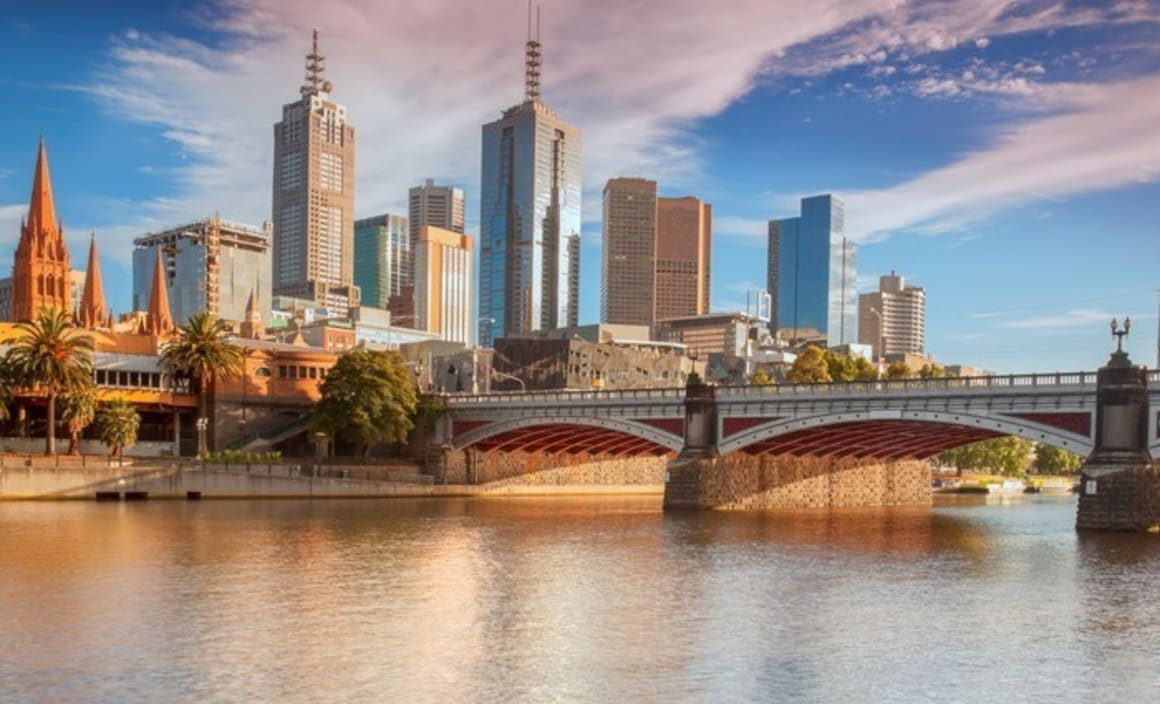Full office floor vacancy in capital cities trending down: Savills Australia

The number of full office floors (Premium and A Grade) vacant across Australia’s capital city office markets has dropped over the last 12 months in line with slightly better overall total vacancy figures, according to recent research by Savills Australia.
The overall figures, however, masked a mixed bag of results with Sydney and Melbourne showing the biggest falls and Brisbane with a total office vacancy of 16.9 percent – its worst result in more than 25 years – paradoxically reporting an 11 percent fall in the number of full floors available, while Perth and Adelaide followed the script with rises.
Savills’ Prime Full Floor Availability Report assesses each Premium and A grade building in each city on a floor-by-floor basis highlighting which floors are available for lease, now and in the near future, in each building including those under construction and refurbishment.
According to Savills national head of Research Tony Crabb, the figures further confirm the recovery in Sydney and Melbourne’s office markets whilst underlining the negative impact the end of the mining investment boom continues to have on the Perth market.
He said Brisbane was at first glance an anomaly, but evidence of an uptick in leasing suggested the figures could be a bellwether for a more positive market there.
Office demand had bounced back over the last 12 months with 117,437 square metres of leasing activity (> 500 square metres) in the Brisbane CBD, up 27 percent on the 12 months prior, said state director-Office Leasing in Brisbane, John McDonald.
“There’s no doubt that the CBD market has turned the corner and the full floor figures reflect that with 32,000 square metres of prime space being filled this year alone,” said McDonald.
He said competitive rents and incentive packages attracting fringe and suburban tenants to the CBD and state government leases had been key drivers with childcare, health, and education and incubator businesses prominent.

Sydney trending well
The 14 per cent decrease to 260 full floors available in Sydney had been expected given the much stronger demand over the last 18 months, said Crabb. In the last 12 months, 38 full floors had either been filled, partially occupied or committed to and it was unlikely the market would see a dramatic fall given backfill space and new developments would add to the numbers.
He said that while the downward trend was positive, it was a timely reminder for larger tenants with looming lease expiries, particularly in Sydney and Melbourne.
“What the figures show for tenants is that their options are diminishing. It’s not panic stations just yet but the trend is downward and that means that tenants with lease expiries on the horizon need to do their homework to identify just what is going to be available in their preferred location,’’ he said.
Crabb said in Melbourne the general consensus was that with leasing up 17 percent on last year a recovery was well under way and that Victoria’s strong economic growth, underpinned by rapidly increasing population, would see that trend continue.
The report found 831 full floors were vacant across the Adelaide, Brisbane, Melbourne, Perth and Sydney CBD office markets in August 2016, down from the 883 floors vacant in August 2015.